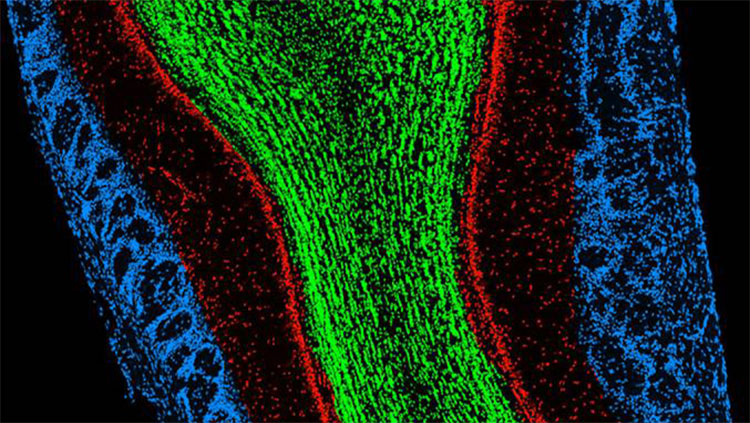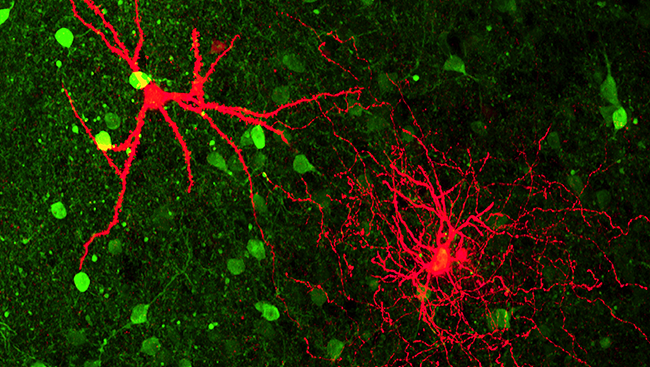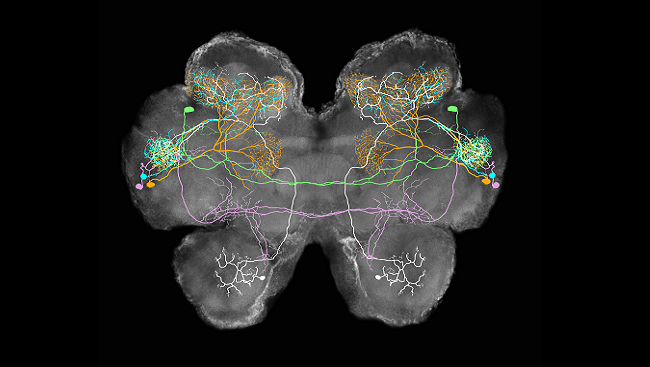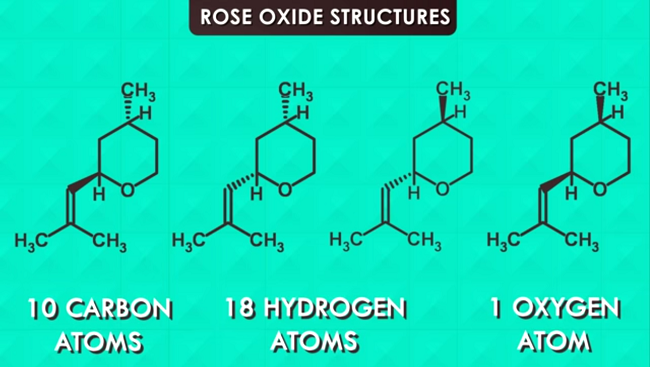Synesthesia
- Published27 Aug 2013
- Reviewed27 Aug 2013
- Source BrainFacts/SfN
Imagine hearing a bird chirp and seeing the color yellow, or reading the letter “S” and tasting candy. This is what life may be like for someone with synesthesia. Using cartoons and sketches, Misbah Rashad, a student at West High School in Torrance, Calif., describes this rare condition and what life is like for a synesthete in this video submitted for the 2013 Brain Awareness Video Contest.
CONTENT PROVIDED BY
BrainFacts/SfN
Transcript
I wish I could tell you exactly what goes on in my head… how I experience the world around me differently… I wish there were exact words and phrases that would depict the vivid landscapes of pictures and colors that form in my head. Many of those just like me are unable to express how their minds interpret the world. I can at least try…
I can at least try to explain what numbers and letters make me feel:
Happy…
Sad…
Or how four is shy and bashful, while six is a lonely dot.
Or how the letter "A" is a passionate red, while P is a grassy green.
I can at least try to explain what sounds make me feel:
Startled…
Or how the chirping of a bird is a small burst of yellow.
Or how the rush of ocean waves is a protective blanket of white.
I can at least try to explain what words make me feel:
... Taste
The letter "S" tastes sweet, like candy.
While "W" tastes blank, like water.
They have personalities too—those numbers and letters:
"J" is complacent; he knows he is popular.
"Q" is conspiring and manipulative, and always dresses in black.
The scientific term that denotes this unique form of experiencing the world is: synesthesia
It is derived from the ancient Greek word s?? (syn), meaning "together," and a?s??s?? (aisthesis), meaning "sensation." It is the involuntary mingling of senses, and the most common type "grapheme" or color synesthesia is where numbers and letters elicit the visualization of certain colors.
Often, those with a more heightened synesthetic ability have conditions like epilepsy and Autism. This acts as an impediment and is often why it has proved to be difficult for people with synesthesia to give a crystal clear picture of what goes on in their heads. However, Daniel Tammet, who had all three conditions set the European record for reciting the most digits of pi without a single mistake.
"…as I recited I could feel myself becoming absorbed within the visual flow of colors and shapes, textures and motion, until I was surrounded by my numerical landscapes."
Famous artists, musicians, authors, and composers, many of whom we still recognize today, are known synesthetes. This includes Wassily Kandinsky, a Russian painter; Duke Ellington, an American composer; Ida Maria, a Norwegian musician, and many more.
In essence, we are all synesthetes… some more than others. When we engage in metaphorical thinking and speech, our thoughts and words are those of a synesthete—unique, insightful, unexpected, unusual, but beautiful in its own way.
Researchers and neurologists have recently begun to dive into this phenomenon. There is still much to learn and discover. Maybe one day, we will be able to unlock the hidden abilities of each of our own individual minds, and interact with the world around us in a new and more vivid way.
Also In Smell
Trending
Popular articles on BrainFacts.org

















